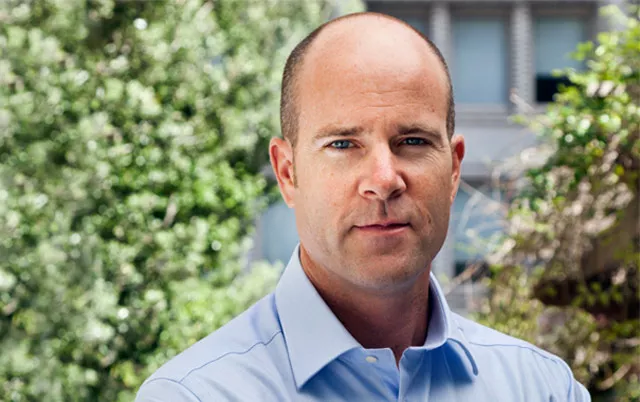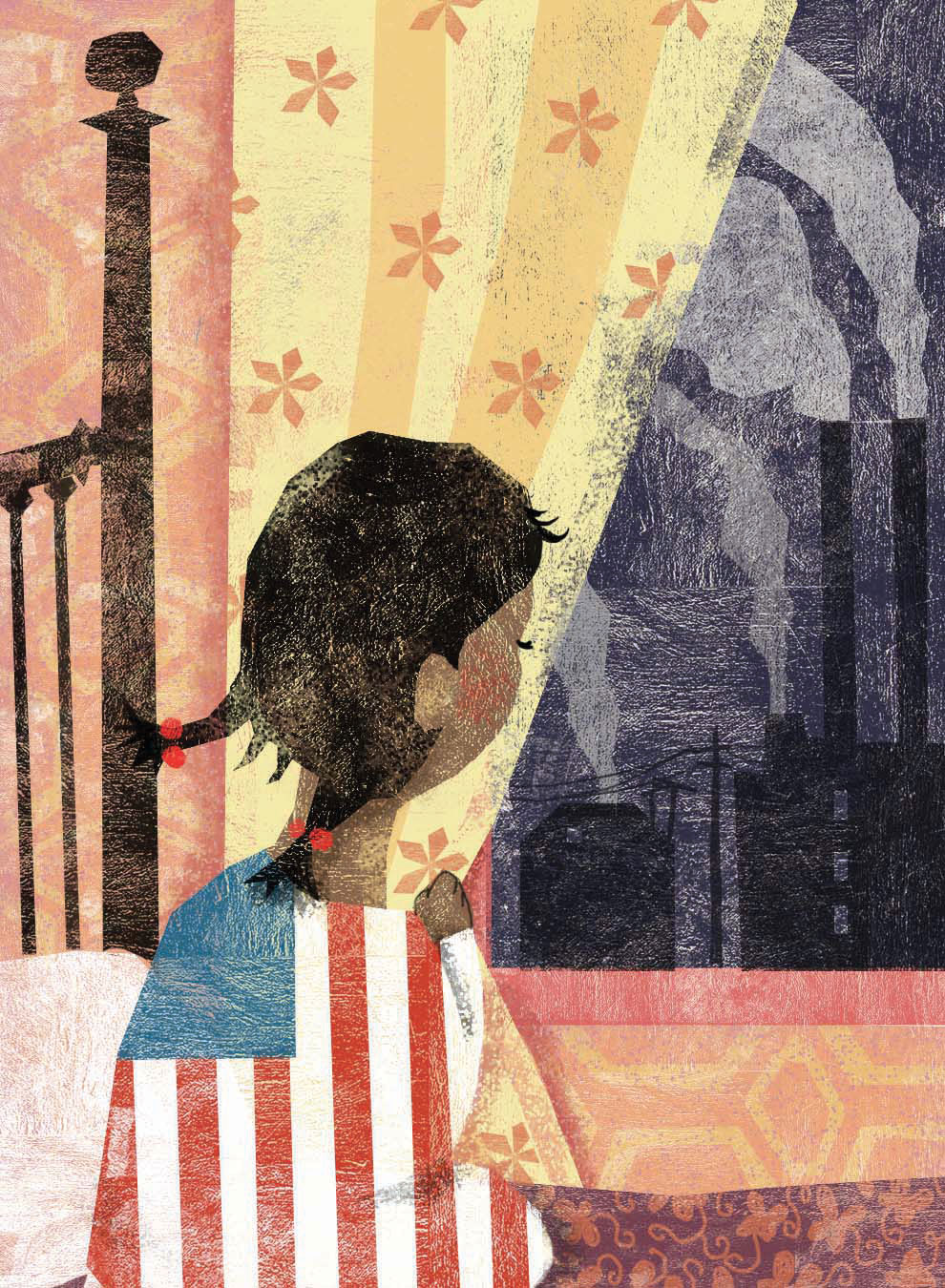And Justice for All
Working to make the promise reality

Photo by Henrik Kam
Francis Bellamy composed the Pledge of Allegiance in 1892—the same year that the Sierra Club was founded. Its expansive promise did not include "equality," which many of Bellamy's peers opposed for women and African Americans. But it did propose justice as an essential counterweight to freedom: "With liberty and justice for all."
At times, our nation has struggled to live up to that value. Even today, decades after the civil rights movement, millions of Americans find the deck stacked against them—socially, economically, and even environmentally. That's why achieving environmental justice is a critical part of the Sierra Club's mission.

Back in 1892, the concept of environmental justice didn't exist. The closest thing may have been John Muir's belief that all people deserve to experience wilderness firsthand. It wasn't until the mid-20th century that environmentalists began to understand that simply protecting wild places wasn't enough.
The transformation from what used to be called "conservationism" started gradually, but after Earth Day in 1970, there was no looking back. With the creation of the EPA and the passage of landmark environmental legislation in the early 1970s, such as the Clean Air and Clean Water Acts, all Americans could finally expect equal protection from pollution and environmental degradation.
At least, that's how it was supposed to work. In fact, some of us are more protected than others. A disproportionate burden of toxic pollution continues to be borne by Americans of color, who sometimes pay for it with their health and their lives. That's especially true of the nation's "refinery communities," like those along the stretch of the Mississippi River between Baton Rouge and New Orleans known as Cancer Alley, in the San Francisco Bay Area city of Richmond, and in southwestern Detroit.
A University of Michigan study called Detroit zip code 48217 "Michigan's most polluted." The area, which is 85 percent African American, is adjacent to a steel plant, a coal-fired power plant, a salt mine, and the massive Marathon Oil refinery. In order to refine more Canadian tar sands crude, Marathon completed a $2.2 billion expansion in 2008 after squeezing a $175 million, 20-year tax abatement from the cash-strapped city. Over the next four years, the refinery emitted more than 15 tons of toxic compounds, including at least a ton of benzene, which is a primary byproduct of refining tar sands.
Many people have spent their entire lives in 48217. Virtually every household has suffered from asthma, leukemia, sarcoidosis, or cancer. And people there resent seeing their neighborhood written off as an environmental "sacrifice zone."
The Sierra Club's environmental justice coordinator in Detroit is Rhonda Anderson. Her mission is to help the people in the community fight back against what are usually very tough odds to get the justice they deserve. In 2010, she helped guide a partnership between the Sierra Club's Environmental Justice Program and Global Community Monitor that taught Detroit residents how to collect their own air samples after getting no response from local authorities. The basement of Adrian Crawford, who had been feeling sick, tested positive for 20 toxic gases, including benzene. Those results set off a string of events that eventually led Marathon Oil to offer to buy out homes in the area—unfortunately, the only hope most residents have of escaping the pollution.
No one should have to sacrifice his or her health for the sake of polluters' profits—no individual, and certainly no community. That's why the Sierra Club supports environmental justice. It also makes our movement stronger. To transform our society into one where clean energy replaces dirty fuels, we need the participation of all Americans. Only then will we make good, at last, on the promise of justice for all.
 The Magazine of The Sierra Club
The Magazine of The Sierra Club



